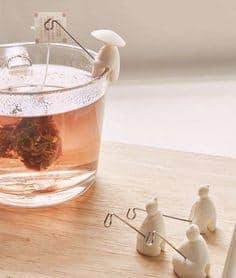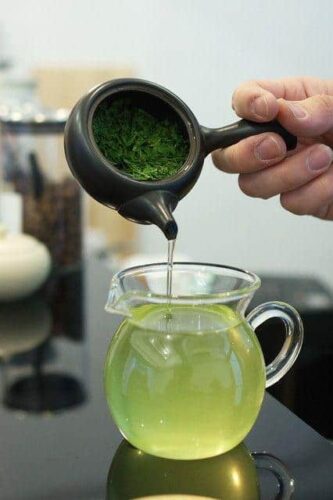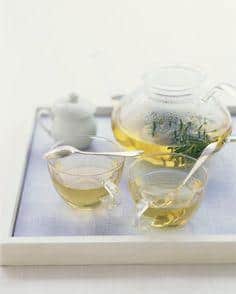

Steeping tea is more than just a brewing technique—it’s an art that requires attention to detail to unlock the full flavor and aroma of tea leaves. Unlike the traditional method of whisking matcha powder with a chasen, steeping involves soaking tea leaves in water, allowing their essence to infuse gradually. This method is ideal for those seeking convenience and a consistent flavor profile while enjoying the health benefits of tea.
What Is Steeping?
Steeping is the process of extracting the flavor, aroma, and nutrients from tea leaves by immersing them in water. The key elements of steeping include the water temperature, steeping duration, and the type of tea. Maintaining the right balance is crucial to achieving a perfectly brewed cup. To keep the tea’s flavor consistent, refill the pot with boiling water as needed, ensuring the water level remains above half.

General Guidelines for Steeping Tea
- Proportions:
- For Chinese tea: 4–5 grams of tea per 100 ml of water.
- For Western or blended tea: 3 grams of tea per 200–250 ml of water.
- Steeping Time:
- Most teas: 3–5 minutes.
- White tea: 2–3 minutes.
- Herbal, floral, or fruit teas: 5–7 minutes.
- Sencha tea: 30 seconds to 1 minute to avoid bitterness.
- Water Temperature:
- White and green teas: Use water at approximately 80°C to preserve their delicate flavors. Boiling water may release vegetal notes, similar to overcooked vegetables.
- Oolong and black teas: Boiling water can be used but letting it cool to around 90°C prevents excessive bitterness, especially with high-quality leaves.


Special Techniques
- First Rinse: It is customary to discard the first brew (sometimes called the “awakening” or “rinsing” stage) when steeping fresh white or green teas. This step prepares the leaves for optimal flavor extraction from the second brew onward.
- Adjusting for Strength: If the tea becomes too strong, dilute it by adding more water while maintaining the appropriate temperature.
Factors That Impact Steeping
Water quality plays a vital role in the steeping process. Purified or filtered water is recommended to enhance the tea’s natural flavors. Additionally, experimenting with different steeping times and temperatures helps fine-tune the taste to match personal preferences.
Discovering Your Perfect Brew
Every type of tea requires its own approach, and steeping offers endless opportunities to explore and refine your method. Whether you enjoy a robust black tea, a delicate white tea, or a refreshing herbal infusion, experimenting with steeping techniques allows you to create a tea recipe that is uniquely yours. Tea lovers are encouraged to immerse themselves in the process to uncover the most delightful flavors and aromas.
Sources:
https://www.thespruceeats.com/tea-brewing-temperature-guide-766367
https://the.republicoftea.com/tea-library/tea-101/how-to-steep-tea/
